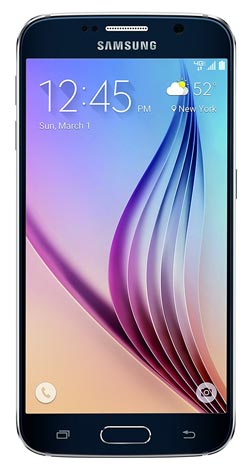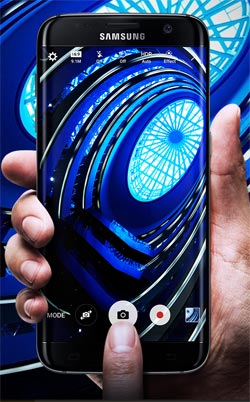I currently own a Galaxy S8 because I was able to get it at a substantial discount. Some of my friends and family ask me in amazement “So, how is it?”. I always tell them that they should just get a S6 or S7 and put that extra few hundred dollars toward something else.

This is not out of condemnation of the S8. It’s a very good phone. But does it offer twice as much functionality and enjoyment as a $300-400 phone? Not really. However, there is an impression that a flagship phone is still a necessity for great performance.
This is an outdated assumption. 5-10 years ago, this was absolutely the case. Smartphone hardware was very weak and a high-end phone was necessary to get acceptable speed. But as hardware started to improve, the practical differences between a $700 phone and a $350 phone started to diminish.
Companies market the significantly improved specs of this year’s high-end flagship phones, but for a small 5-6″ screen phone which is used for very basic tasks, will it make a difference for most users?
In general, so many specs in phones have reached a point of diminished returns.
Processors: Most apps are web-based. Modern phone processors, even in mid-range phones, are beyond the needs of most apps. The bottleneck, at this point, is internet speeds and that is up to the discretion of the ISP (not the hardware).
Display: 480p and 720p phone displays in the past were a bit grainy, but plenty of mid-range phones have 1080p now. Sure, modern phones have 1440p, but the difference on a tiny screen is negligible.

RAM: An Android phone having only 1 GB of RAM meant very limited multitasking and slow performance overall. Now, many affordable phones have 2-3. Sure, some phones have 4 and even 6 GB, but very few phone tasks will even reach this.
Camera: Phones have advanced in this regard much over the past several years. But I do implore consumers to consider factors such as the lighting and colors of their phone’s pictures rather than just the raw MP.
In the past, mid-range phones suffered in these areas, but now they are great.
I also want to warn about taking benchmarks to face value. Yes, a new phone might have the highest rated score in terms of power, but will that make a difference to a person who is mostly just using their phone to text, navigate their car, skype their friend, browse the web and send an email?
Practical benefits of flagship phones do include quick charging and better power-efficiency for overall better battery life. These are practical features, and if your phone isn’t providing good battery life, there’s definitely reason to upgrade. However, other features such as an curved-edge screen are more novelty and aesthetic than anything.
My point is not to dissuade anyone from buying the latest phone, but rather to examine whether the flagship phone will truly be a significant improvement over a mid-range one for your needs. In the past, you could correctly assume that a flagship phone would, but now that instant assumption can’t be made.